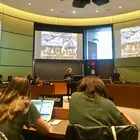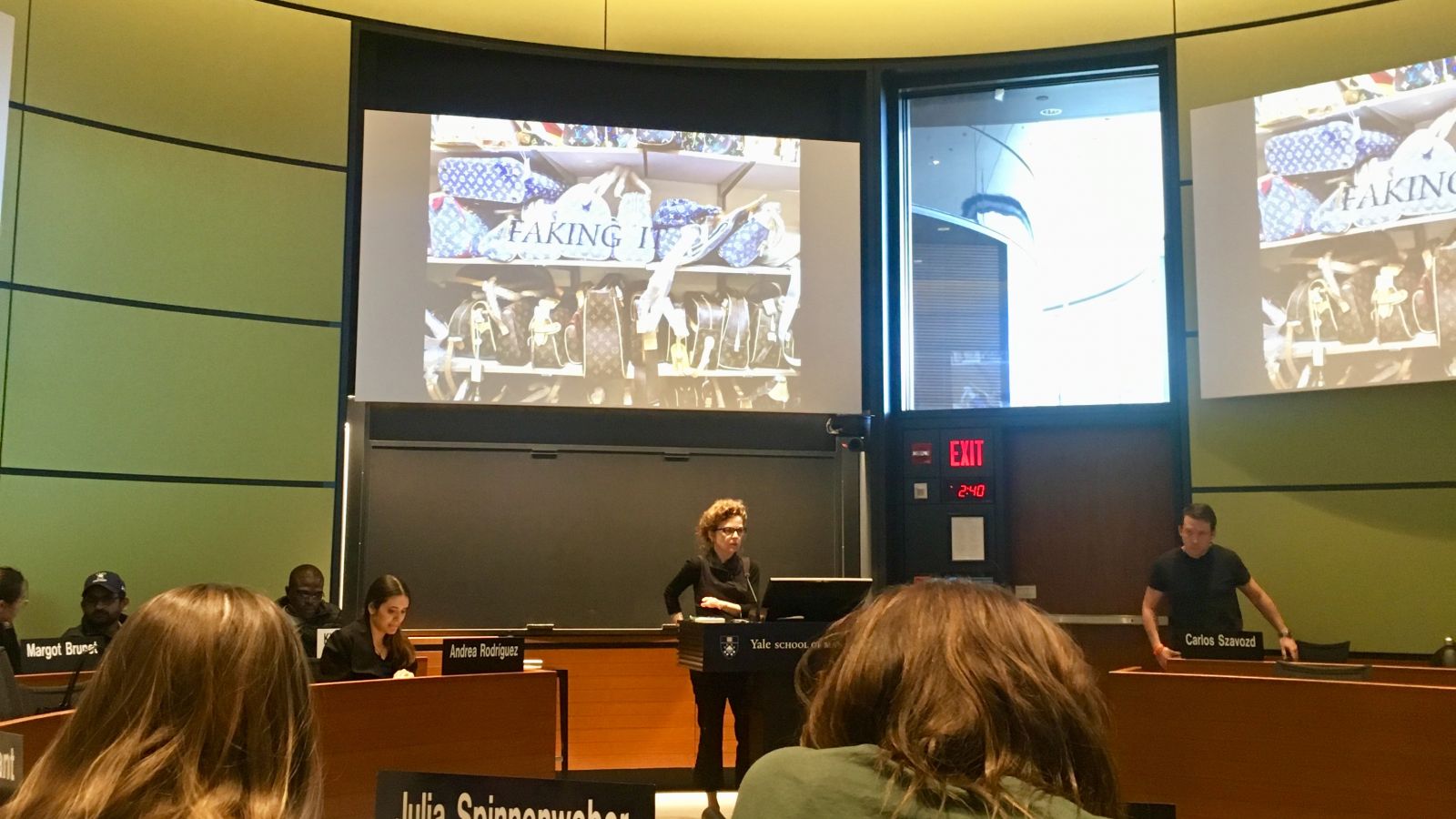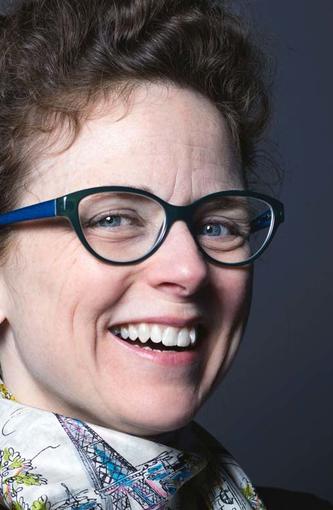
Faking It: Counterfeiting in the Luxury Goods Market

Rebecca Spang is an ICF Visiting Fellow and a visiting professor at the Yale School of Management for the 2018-2019 academic year. She is currently teaching a 2019 Spring-2 course titled, MGT554- Luxury: From Mortal Sin to Market Sector. The framework of this class is about defining and understanding what luxury is and how the business of luxury goods can continue to expand despite issues of sustainability and social inequality which can affect the growth of this market.
I recently visited Rebecca’s April 17th lecture titled, “Faking It,” in which she discussed the mislabeling and counterfeiting of products in just about any industry that you can think of! In addition to luxury goods, items like apparel, electronics, pharmaceuticals, food, alcohol, cosmetics, and antiques are just some of the items that are likely to be counterfeited.
To prepare for this particular class, the students read a variety of articles with different perspectives on the concept of “counterfeiting.” Most interesting to me was the article stating that counterfeit products can help raise interest in luxury brands but then in turn further perpetuate the appeal for counterfeit products. During this class session I also learned that defining intellectual property and visual markers in luxury goods may be difficult to protect as discussed in the article about how the Christian Louboutin brand won a case about their exclusivity to produce red-soled shoes.
The other articles that the students read and disscued posed a different view about the counterfeiting or copying of luxury goods. For example, in some instances people like Alessandro Michele, Gucci’s current Creative Director, view copying as a form of flattery and paying tribute to someone or something. And lastly, I learned that there is increasing consumer demand to find ways to buy items direct from factories that produce luxury goods for high end brands. These factories can can offer a similar item of quality but for a fraction of the cost because it lacks a luxury brand logo.
Overall, I learned a lot and had fun sitting in on Rebecca’s class! I was able to hear great conversations from the students who brought their own global points of views and experiences about counterfeiting and mislabeling in many different industries.
Below are some photos from the class:



 About Rebecca Spang: I am a historian of eighteenth- and nineteenth-century Europe who has published primarily on the interaction of politics, culture, and consumption. In my most recent research, I have been especially interested in money. My Stuff and Money in the Time of the French Revolution uses one of the most infamous examples of monetary innovation—the assignats (a currency initially defined by French revolutionaries as “circulating land”)—to write a new history of money and a new history of the French Revolution. It shows that revolutionary radicalization was driven by the ever-widening gap between political ideals and the experience of daily life and restores economics, in the broadest sense, to its rightful place at the heart of the Revolution (and hence of modern politics). Read more.
About Rebecca Spang: I am a historian of eighteenth- and nineteenth-century Europe who has published primarily on the interaction of politics, culture, and consumption. In my most recent research, I have been especially interested in money. My Stuff and Money in the Time of the French Revolution uses one of the most infamous examples of monetary innovation—the assignats (a currency initially defined by French revolutionaries as “circulating land”)—to write a new history of money and a new history of the French Revolution. It shows that revolutionary radicalization was driven by the ever-widening gap between political ideals and the experience of daily life and restores economics, in the broadest sense, to its rightful place at the heart of the Revolution (and hence of modern politics). Read more.
